| Can-Am Maverick 1000R X-ds Turbo Review
By Jon Crowley, UTVGuide.net The new Can-Am Maverick turbo was unveiled in early September and looked great on paper with 121 horsepower, a re-designed rear suspension and big 2.5 FOX shocks. The specs for the turbo Maverick scream for it to be in the dunes, so I was thrilled when I found out that Can-Am selected Glamis for their media event. It would be great to get behind the wheel to see whether the hype on paper matched the tires slinging in the sand.
I have heard many comments from enthusiasts that 121 horsepower wasnt enough to get excited about, but for me, I knew that torque was a more important number. I want enough low-end grunt to spin the tires hard and get me to 40 MPH real fast. I dont feel the need to go 90 MPH but instead I want great throttle response. I had a feeling that Can-Am agreed with me. I have built two UTVs with aftermarket turbos, and driven / photographed many more past that. Many times I see owners tinkering with fuel mapping and clutch tuning. When they run properly, they can be big fun. Many times though, it seems like they must be tinkered with to run properly. Often, the cars ran great at high RPMs, but sputtered while getting up to speed. We all want big power, but what many miss is how drivable the vehicle is throughout the powerband and at different altitudes. I arrived in Glamis with my friend Dave from Fullerton Sand Sports and we were given the keys to a new Maverick turbo. We had two days worth of driving ahead of us and even though it was a toasty 95 degrees, we were excited to get behind the wheel and head into the dunes.
The cockpit was real familiar since I have spent plenty of time behind the wheel of the Maverick 1000R. After buckling up and starting the engine, we noticed the engine noise and exhaust note were nearly the same as well. But after we idled out of camp, we punched the throttle and that put a smile on our face. The turbo kicked in, set us back in our seats and spun the 28 Big Horn tires with ease. We cruised out into the bigger dunes and the power of the new Maverick Turbo continued to impress. Even with the stock tires it would climb anything we nosed up to and the power slides and subsequent roost were unlike any stock UTV we have ever driven. We did find a duner with a stock RZR XP 1000 sitting at Oldsmobile Hill and asked if he would mind drag racing up the hill with us. He was kind enough to oblige and what we found is the RZR was a bit faster off the line, but then the Maverick Turbo passed and stayed ahead to the top. It wasn’t a huge lead, but the Maverick was faster up the hill. And from what we experienced, the Maverick would outrun the XP 1000 a little more on a steeper climb.
One thing we did notice pretty quick was our rear FOX 2.5 shocks were moving more than necessary for hard riding in the dunes with two people in the car. Once back at camp we talked with the FOX engineers and added 5 clicks to the rear low-speed compression and 5 clicks to the rebound. This definitely helped but still wasn’t enough. We did not get a chance to thoroughly get the rear dialed in before we swapped out to paddle tires. To be more thorough, we should have worked on the shocks with stock tires until we were satisfied before swapping over.
On the performance side, paddle tires obviously have more bite to them, but they are lighter which helps a little. For shock tuning, the tire and wheel combo adds more width which affect leverage on the suspension, plus they have a balloon effect which also shock tuning. But we suspected many future owners would be duners, and we were real anxious to see how the Maverick Turbo would react to paddle tires. Dave from Fullerton Sand Sports brought out two different sets to try. On our Maverick we mounted 26″ tires on 7-inch front wheels and 9-inch rears. On the MaverickForums.net Maverick, he mounted up 28″ tires on 8-inch fronts and 10-inch rears. Dave and I headed back into the dunes and the difference was significant. The clutching felt great and the added power and width let us ride harder even in two-wheel-drive. The Maverick Turbo has great low-end torque that easily spun the paddle tires. Very impressive for an out-of-the-box UTV.
With a big grin on our faces we headed back to camp and went to work on shock tuning. With the extra width of the sand tires, we needed to slow the rear down even more. About that time we hooked up with Can-Am X-Team racers Derek Murray and David Martinez. They were willing to huck the Maverick on a good sized jump, and we were eager to capture them doing so. They worked with FOX on settings that could handle big air (more compression /rebound damping for sure). The Maverick they were driving had the bigger 28″ sand tires, and it turned out that the extra compression and rebound were just what the suspension needed! Not only did it help them on the big jump, but it also helped the car perform better with the wider stance produced by the paddle tires.
We set our Maverick up the same way and were much happier about the suspension performance. That is the great thing about having adjustable shocks as the suspension can be adjusted to rider preference, terrain and tire choice. Here is where we ended up on our shock settings: Maverick X ds Turbo FOX Shock Settings for Dunes: Front Shocks:
Rear Shocks:
The extra 4-inches of wheelbase over the standard Maverick does make a big difference in how the Maverick Turbo can charge through the whoops and makes it more predictable in rough terrain, but I do feel Can-Am should adjust the base shock setup a little. I completely understand that manufacturers need to tune their suspension for a wide range of duties, but I feel that the new Maverick Turbo is so focused on dunes and desert that Can-Am would be better off to adjust valving for this terrain. If you have never driven a Maverick in the dunes, it has a different feel to it versus the RZR XP 1000 or Arctic Cat Wildcat. Instead of sitting down low in the car, the seating position is more upright and you do feel the movement of the vehicle more. Some taller riders appreciate the comfortable seating position, but it does not feel like the center of gravity is as low. One concern I had was whether we would be smoking belts. Apparently Can-Am got that right with the increased cooling and turbo specific CVT tuning. We did not feel any belt slip with stock tires or paddles. And we were very impressed that the stock CVT tune dealt with the paddle tires without hitting the rev limiter or a lazy bottom-end.
All about the Torque! At the end of our two days in Glamis, Dave and I were very excited about Can-Am’s new turbo Maverick. While the 10% increase in power doesn’t sound that impressive, it is the 40% increase in torque that makes all the difference in the dunes. The power is spot-on throughout the RPM range and I absolutely loved the ability to roll into a corner with paddles and throw a big roost as I launch toward the next bowl. The Maverick Turbo feels like a Rotax on steroids with the benefit of a factory warranty. The Can-Am X ds Turbo is going to be a bit hit in the Southwest United States. Now that we finally have a factory turbo in the mix, it will be interesting to see how the other manufacturers will react. I don’t think they will let Can-Am be the only factory turbo for too long. At the end of the day, competition keeps pushing the sport UTV market forward. Fun time to be in the mix!
More Photos: Specifications:
Manufacturer Info: Can-Am, Bombardier Recreational Products Inc. BRP (TSX: DOO) is a global leader in the design, development, manufacturing, distribution and marketing of powersports vehicles and propulsion systems. Its portfolio includes Ski-Doo and Lynx snowmobiles, Sea-Doo watercraft, Can-Am all-terrain and side-by-side vehicles, Can-Am Spyder roadsters, Evinrude and Rotax marine propulsion systems as well as Rotax engines for karts, motorcycles and recreational aircraft. BRP supports its line of products with a dedicated parts, accessories and clothing business. With annual sales of over CA$3 billion from 105 countries, the Company employs approximately 7,100 people worldwide. |

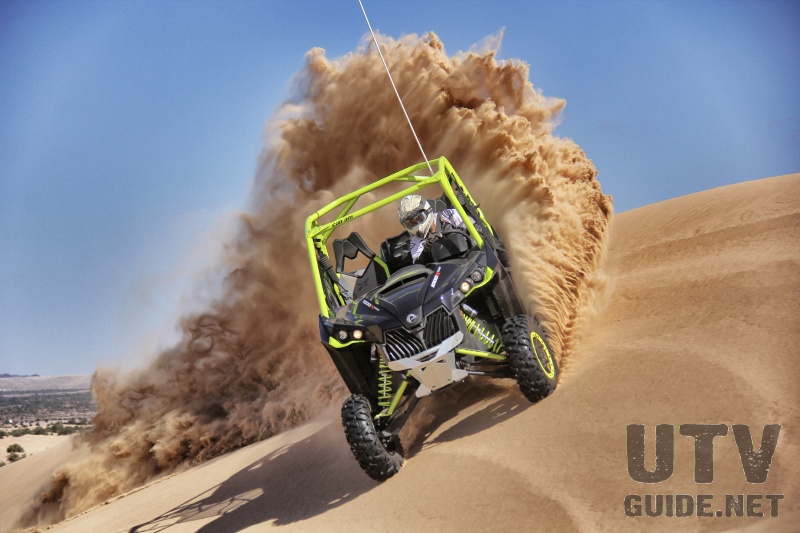
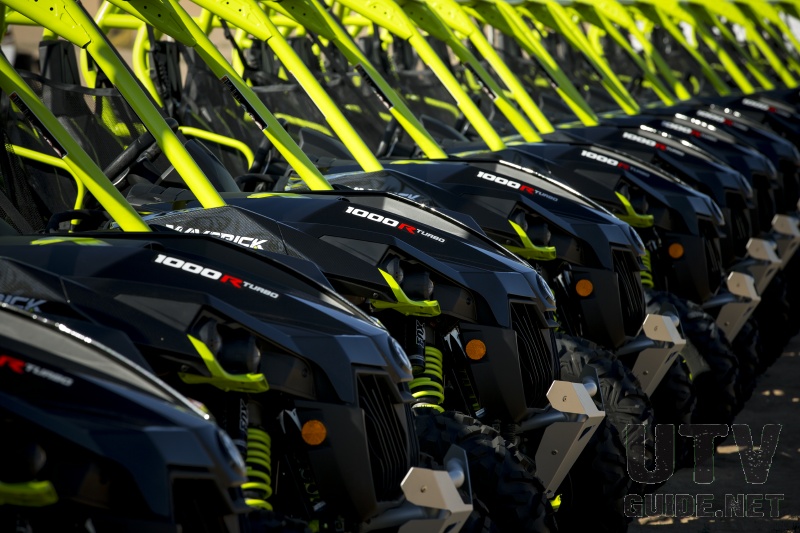
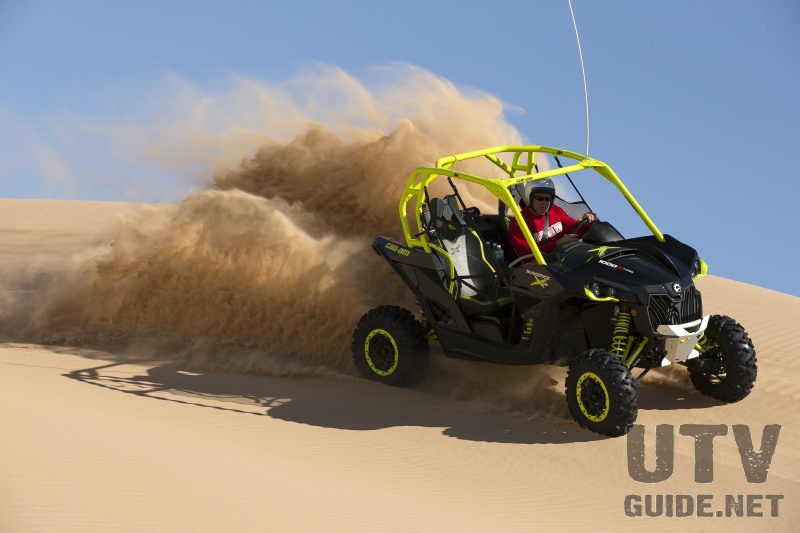
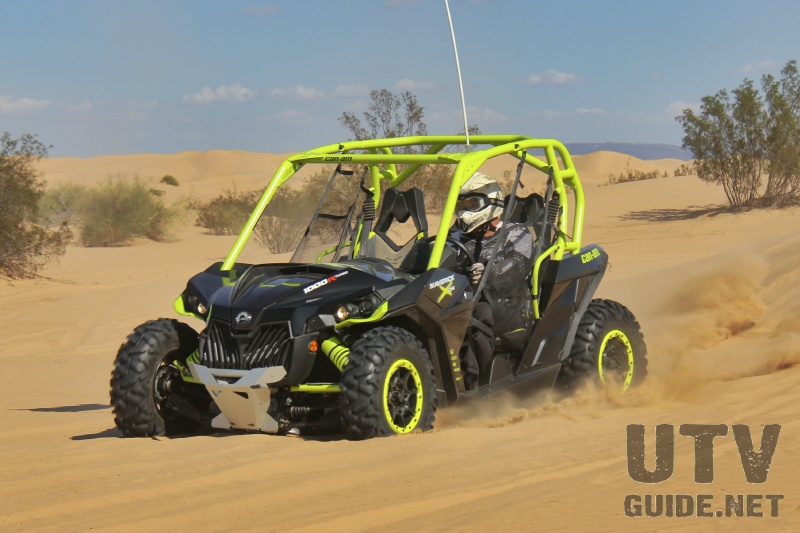
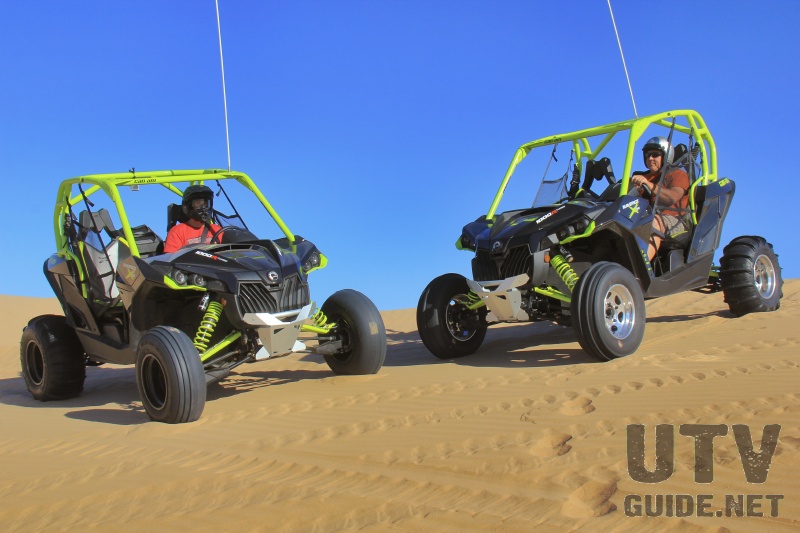
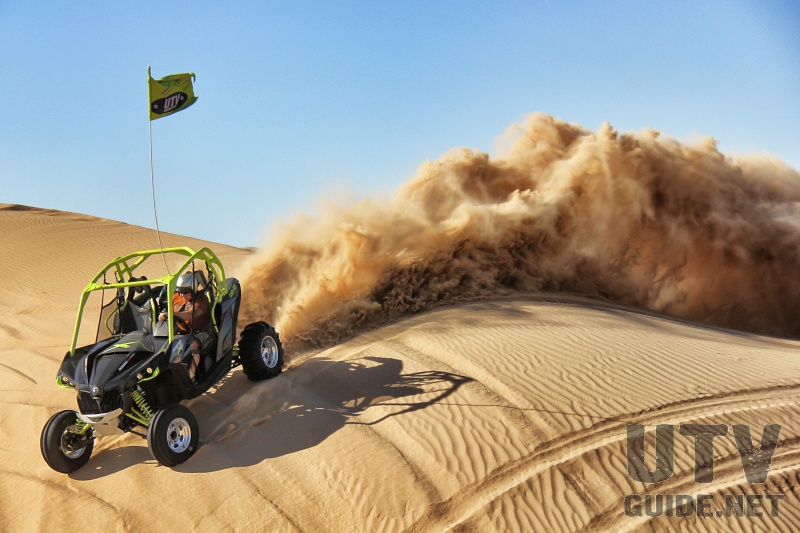
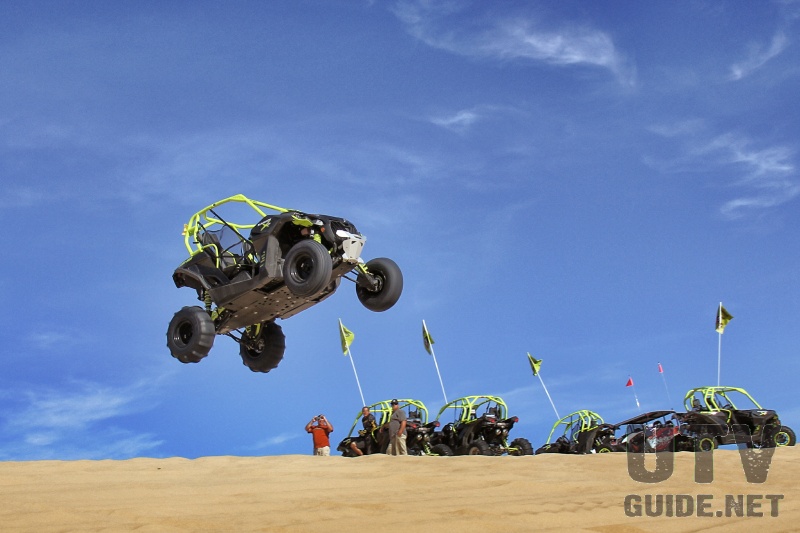
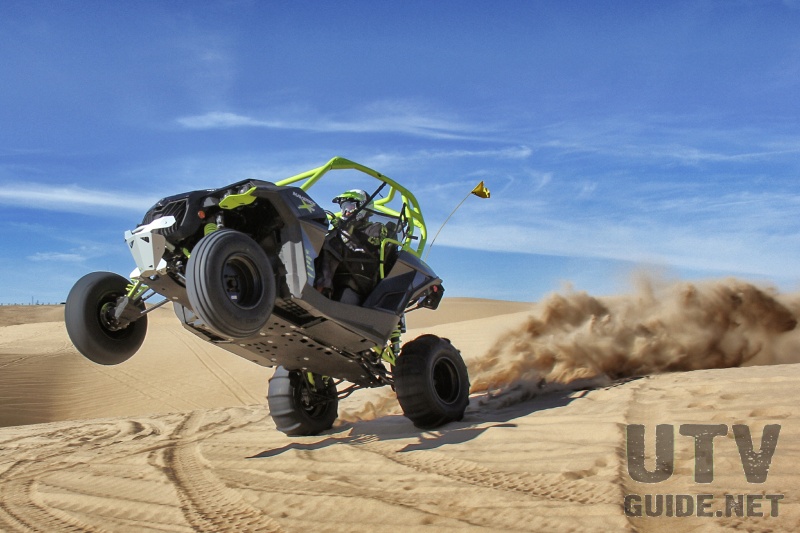
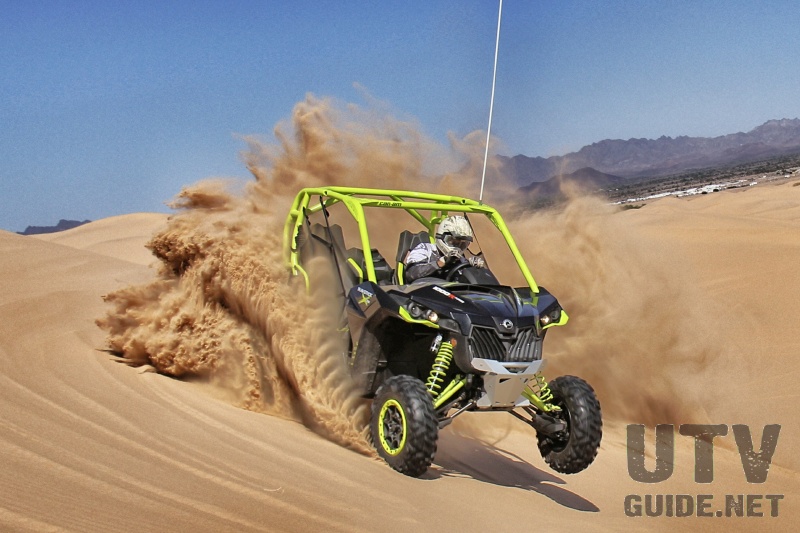
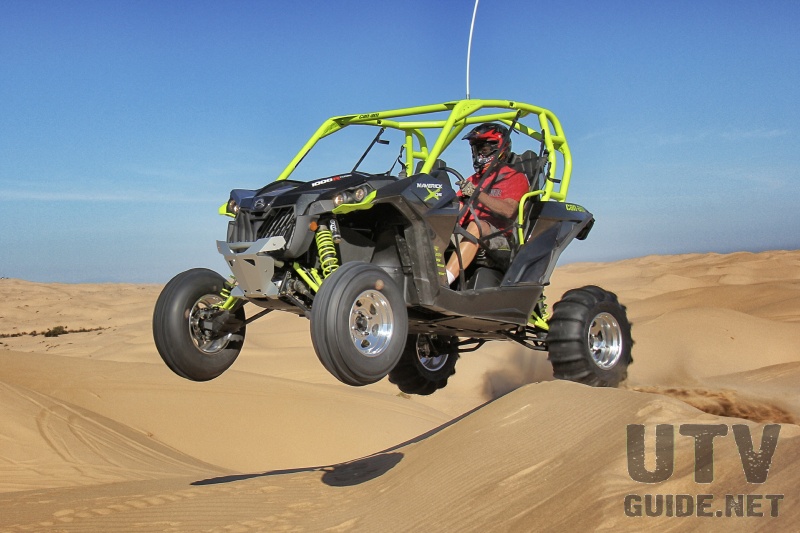
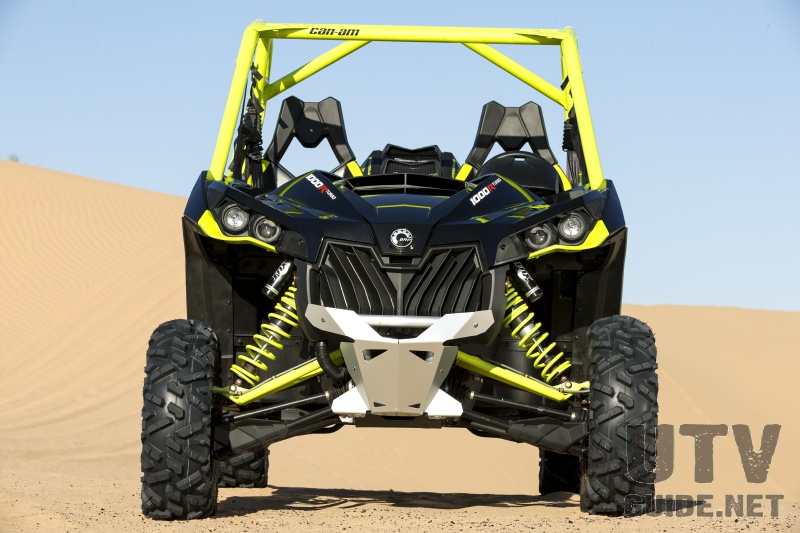
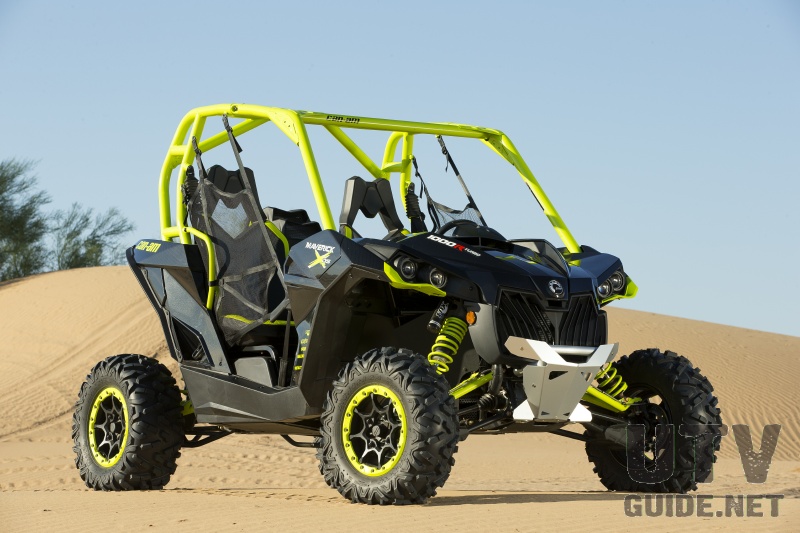
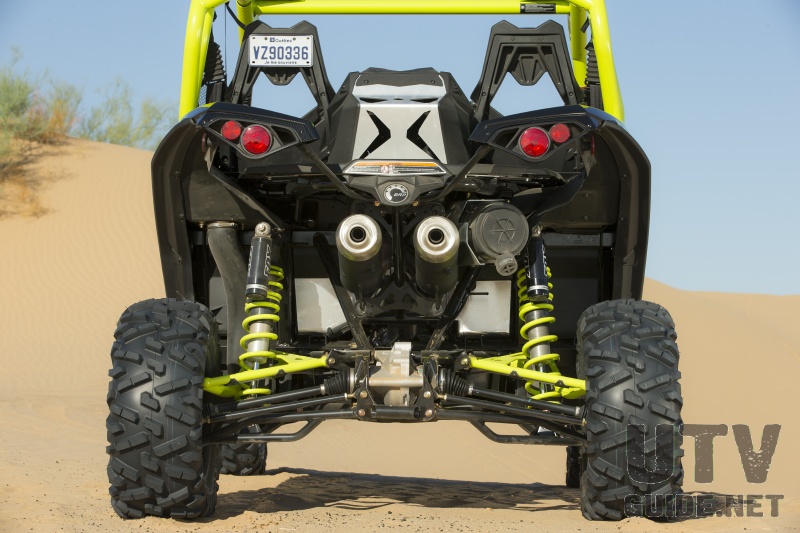
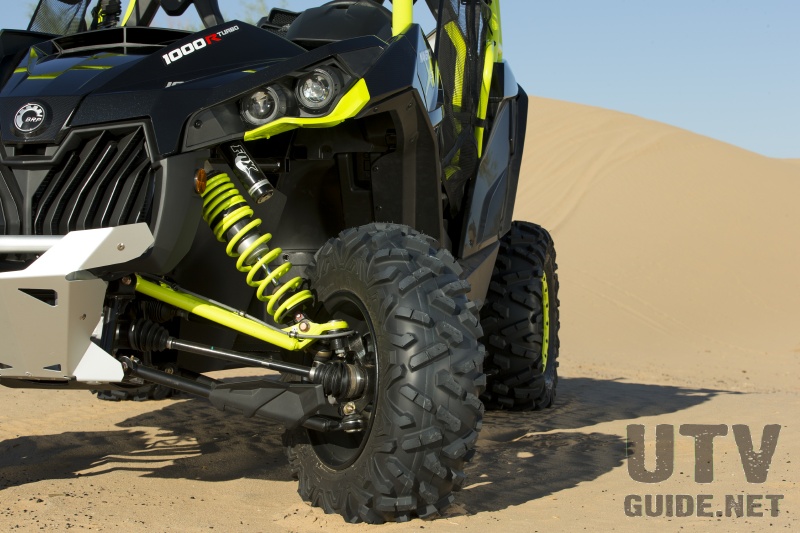
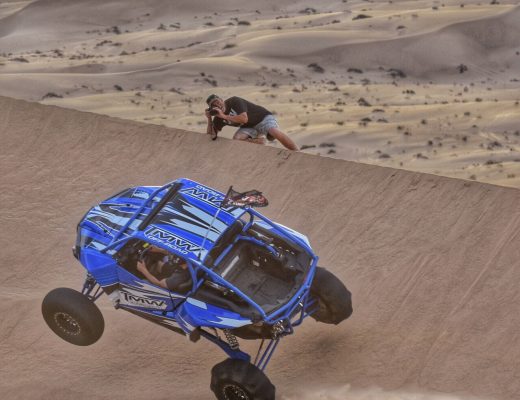
No Comments